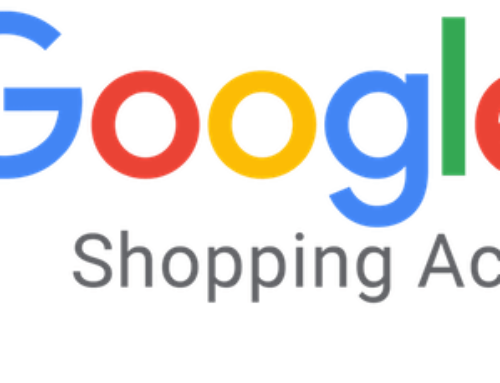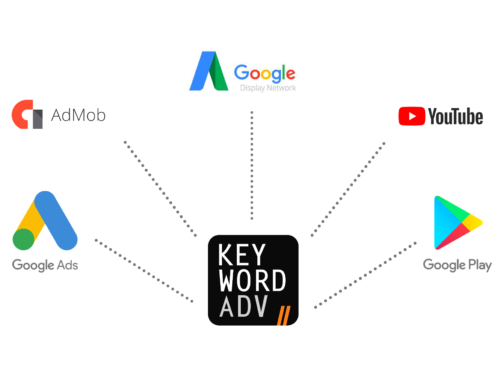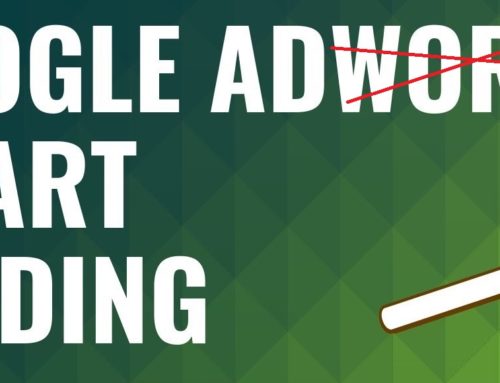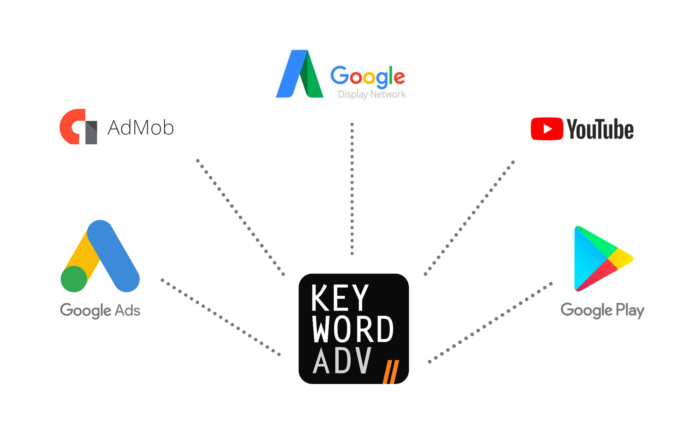Gallery Ads, Where They Appear, Are They Available Yet, How to Build Them
Google’s Gallery Ads was introduced by Sissie Hsiao, the VP of Product Management in the company’s Mobile App Advertising section. The new Gallery Ads are interactive ads that sit at the top of mobile search results. They will be right underneath the regular text headline and have a display URL. The new swipeable image carousel will help users scroll through multiple images a lot, like how it works on Instagram and Facebook feeds.
Every individual image will have a tagline. The headline will direct people to your landing page and will remain on top. A minimum of four images are required and can have a maximum of eight. The tagline is capped at 70 characters. Also, because you can write three unique headlines for Gallery Ads, a multitude of combinations can be tested across various CTAs and value propositions.
Early testing of these ads shows that they get 25% more engagement. The data comes from clicks and swipes compared to standard ads.
What Do Gallery Ads Help to Accomplish?
Google is considered the motherload of all information, so people using smartphones obviously use it to get information. As image-centric ads, they are a no-brainer for businesses in B2C industries like gyms, restaurants, bars, etc. For instance, restaurants can use gallery ads to show images of their best foods, people having fun in the bar, or people sweating it out in the gym. Each image is alluring and tells a story by the brand.
Strangely but also interestingly B2B brands can use gallery ads to help accomplish specific goals like narrate the brand’s story, introduce people to products or services, and engage with the audience. After all, advertisers use LinkedIn for mainly B2B advertising to launch similar ads that offer a very high CTR. That’s why B2B advertisers stand to benefit much in the same way that B2C advertisers obviously can through visually showcasing the benefits of their products or services.
How are Advertisers Charged?
Advertisers are charged in two ways:
- CPC or Cost Per Click – This happens to be the standard way in which advertisers are charged for search ads. They will need to pay each time someone clicks on the advertisement.
- Cost Per Swipe – If the person does not click the ad but tends to swipe through the images, i.e., 3 or more of them, the advertiser is charged. But advertisers, in this case, are charged once, even if the person swipes and then clicks the ad. Also, advertisers are charged once if the person swipes through more than three images prior to clicking the ad.
Conclusion
Google Gallery Ads are currently running in beta only. The ever-competitive landscape of digital advertising means that it is essential to get on and start creating gallery ads sooner than later. The earlier you learn about it and start taking advantage of what it has to offer, the more beneficial it is going to be. However, most of us will have to wait until the ads are rolled out of its current beta status.








